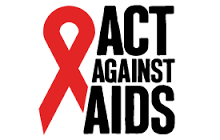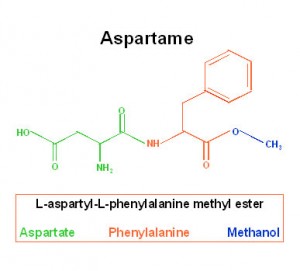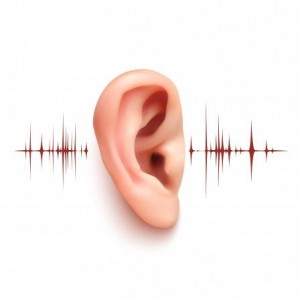Throughout all of my childhood, I can remember early afternoons when I would come home from school and find my mother in a dark room sleeping. At first I was alarmed at the oddness of the scene and worried about my mothers health. Eventually, I asked my mom and dad about what was wrong, to my surprise my Mom was suffering from sever migraine headaches. Ever since my discovery, I have always been intrigued about how such severe headaches are triggered.
Without looking too hard into migraines, the run of the mill causes of migraines seemed to be obvious, the most popular reason being stress. However, recently I came across an article on CNN that enlightened me to a study done by the San Diego School of Medicine on the potential causes of migraines.

Courtesy of: sidebar.com
The study was relatively large in stature. In the study, nearly 2,000 people’s mouths and feces were taken under review. In an attempt to eliminate a prominent confounding third variable, they participants were asked about whether or not they had experience migraines in the past. Interestingly enough, the results of the study showed that those who had migraines had a strand of bacteria located in their mouths and feces that were not found in the participants who do not have migraines.
This seems to be a relatively reasonable explanation for a potential mechanism for the cause of migraine headaches. However, the study and the article do not mention how the bacteria directly affect the brain triggering the migraine. Therefore, I am not completely ready to make a conclusion that this bacterium is the official mechanism for migraines.
Overall, it is refreshing to see a quality study done attempting to explain the mechanism for migraines. In the future, I would like to see further investigation into the bacteria within the mouths and feces of those affected by migraines. These headaches are so common for so many people that I believe it is important to investigate further in to the matter.

 Overall, I find the “breaking the seal” dilemma to be an interesting and relatable topic to many. It seems like a very reasonable thing to run a personal experiment on, but it’s an unrealistic idea to test scientifically. I can imagine the scientists having a hard time raising funds for this idea!
Overall, I find the “breaking the seal” dilemma to be an interesting and relatable topic to many. It seems like a very reasonable thing to run a personal experiment on, but it’s an unrealistic idea to test scientifically. I can imagine the scientists having a hard time raising funds for this idea! Overall, there is hope in this small study in that these young kids will never be afflicted with the horrific ramification of HIV/AIDS. Maybe, further examination of the children will offer a lead into a potential cure. The possibilities are endless with this finding, I am hoping that larger and more in-depth studies will lead to more concrete findings.
Overall, there is hope in this small study in that these young kids will never be afflicted with the horrific ramification of HIV/AIDS. Maybe, further examination of the children will offer a lead into a potential cure. The possibilities are endless with this finding, I am hoping that larger and more in-depth studies will lead to more concrete findings. Therefore, it is easy to make the correlation between poorer areas and their susceptibility to disease. Although America is far from a third world country, it is alarming that a natural disaster can reduce its communities to resemble one. Hurricane Matthew creating such havoc on American soil hits home, leaving an uneasy feeling that we are not as protected as we may think.
Therefore, it is easy to make the correlation between poorer areas and their susceptibility to disease. Although America is far from a third world country, it is alarming that a natural disaster can reduce its communities to resemble one. Hurricane Matthew creating such havoc on American soil hits home, leaving an uneasy feeling that we are not as protected as we may think.



